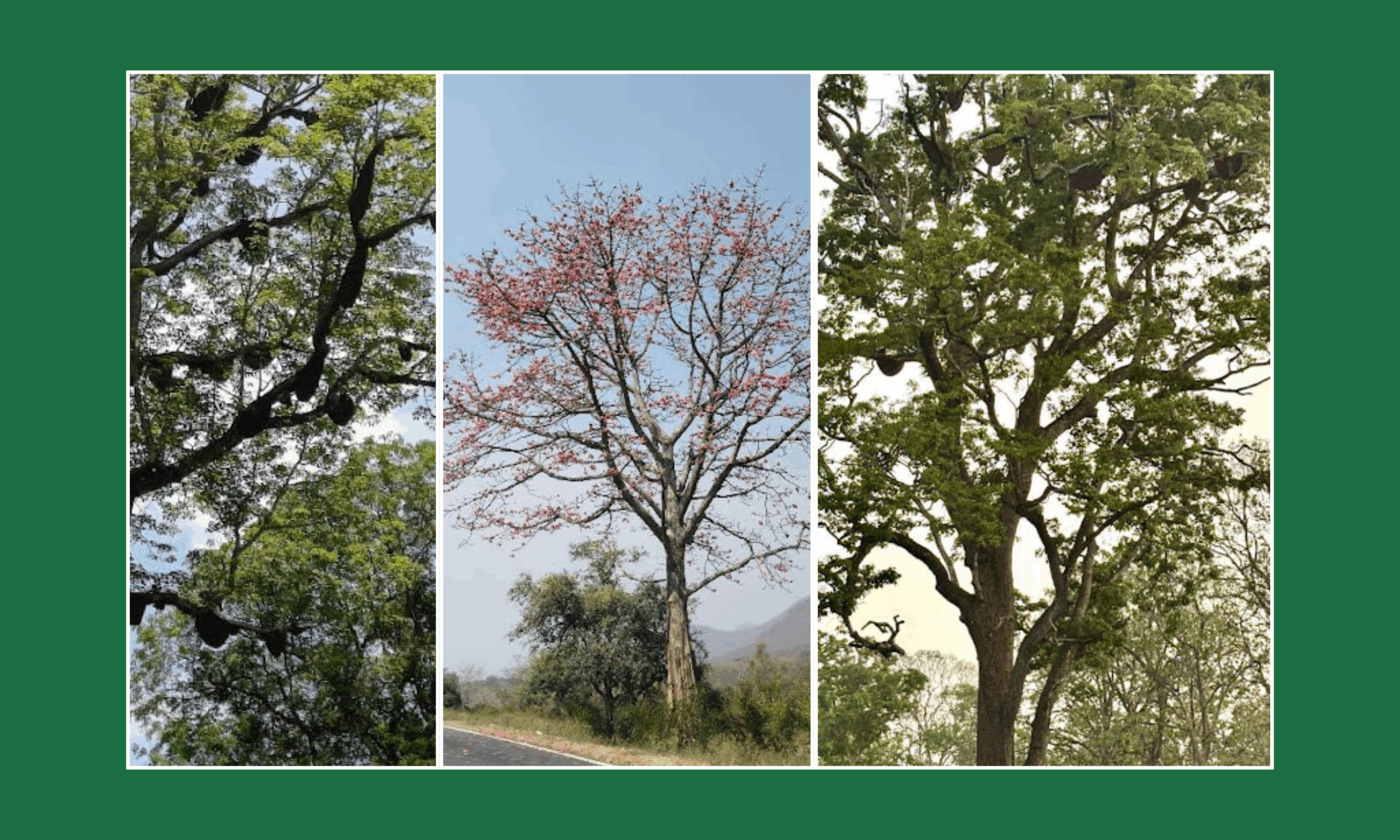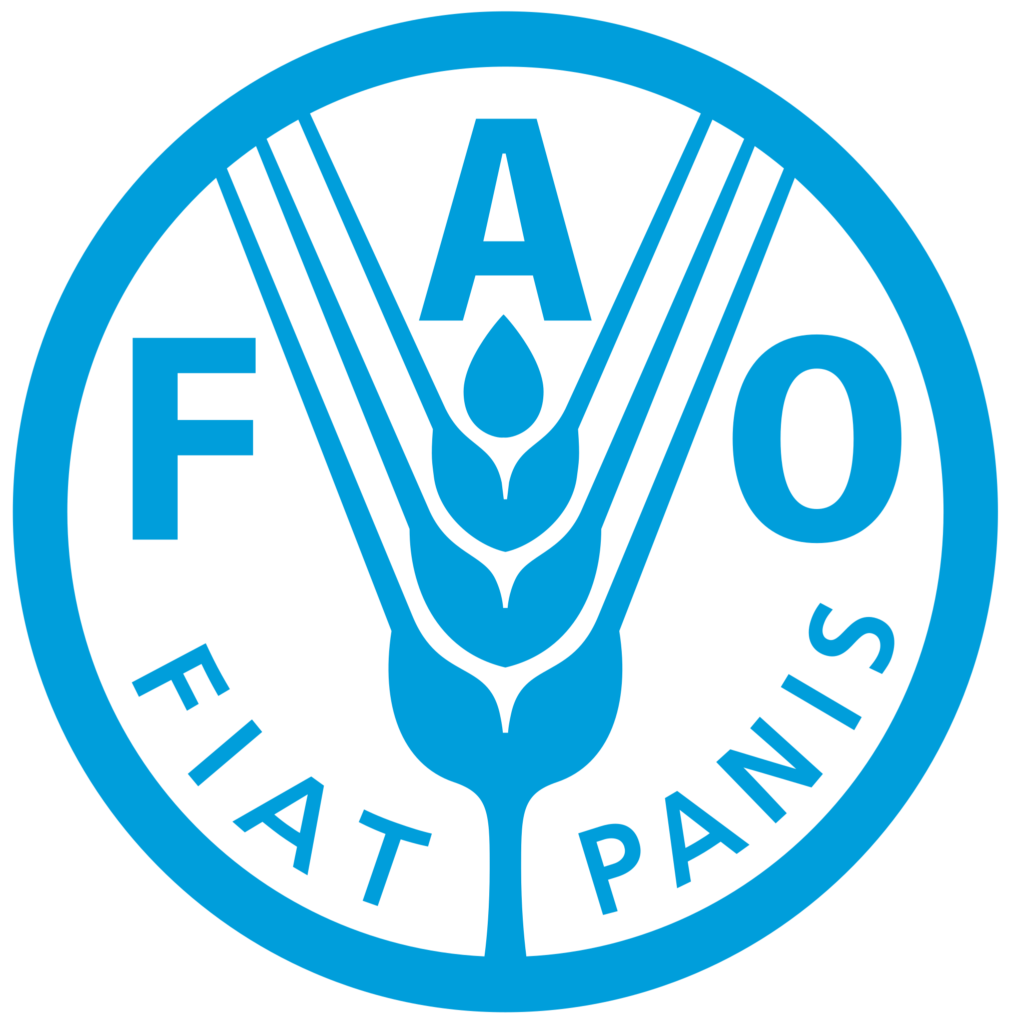By Chandrasekar Das, Wildlife Biologist and Silambarasan S., Technical Assistant Biodiversity Conservation
The Kaircombai Wetland in Kotagiri is situated near Kaircombai High School and falls under the administration of Nedugula Village Panchayat. It spans an area of 1.26 acres and hosts diverse habitats including tea plantations, agricultural areas, grasslands, and patches of invasive species. The wetland serves as a crucial water source for both drinking and agriculture for the local community. Recognizing its importance for both humans and wildlife underscores its ecological significance.
On 19th June, a stakeholder meeting was organized involving the village panchayat members, school students, and other community members. This collaborative effort is essential for promoting awareness and shared responsibility towards environmental conservation. Identified invasive species such as Lantana camara, Solanum mauritianum, and Ageratina adenophora covered approximately 0.41 acres of the wetland. In response, a decision was made to remove and uproot these invasive plants. This action helps restore the natural balance of the wetland ecosystem, protecting water resources and improving resilience against landslides.
On 10th July, 2000 native Chrysopogon zeylanicus grass plants were planted along the wetland area. This initiative aims to reintroduce native species that are better suited to the local ecosystem, promoting biodiversity and habitat restoration. The removal of invasive species and planting of native grasses involved active participation from the Nedugula panchayat, Kaircombai village residents, government high school students, and Keystone staff. This collective effort not only enhances the ecological health of the wetland but also fosters community spirit and environmental stewardship.



















